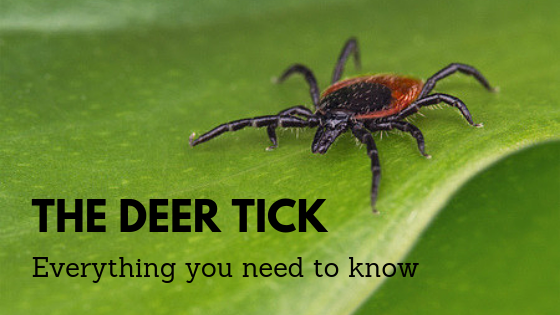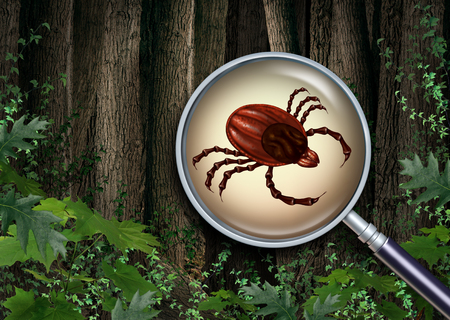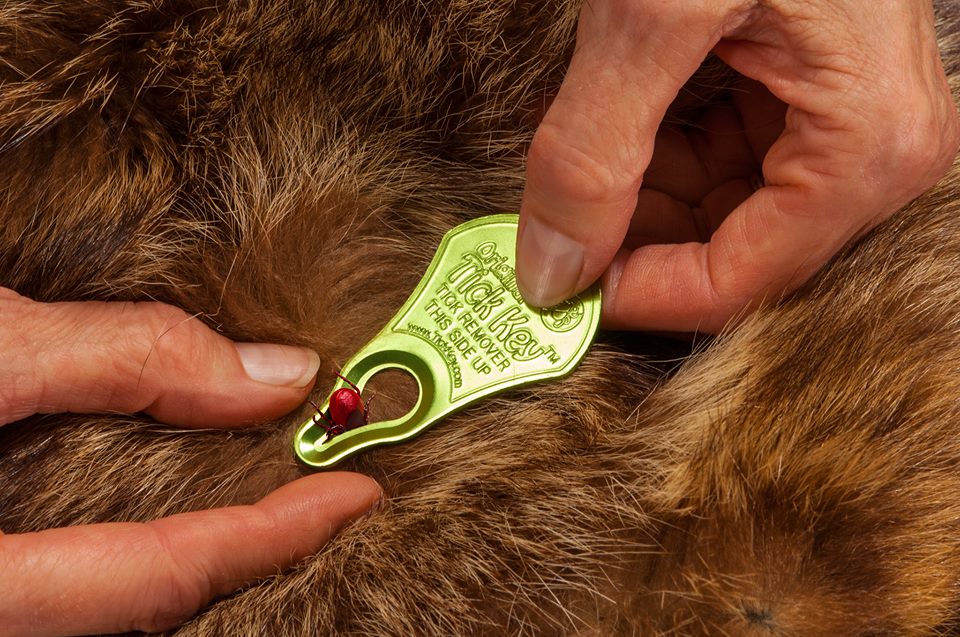
The deer tick, also known as the black-legged tick, is a species most known for spreading the most common of all tick-borne diseases: Lyme disease. What you may not know, however, is that the deer tick is capable of spreading other serious illnesses and its habitat is quickly expanding, putting more people (and pets) in potential danger. The best defense? Know where they’re prevalent, understand the symptoms of a deer tick bite, and be prepared with an effective tick removal tool, such as the TickKey™.
Where deer ticks are found
While the deer tick used to be confined to the Northeast (and is still most prevalent in this area), it can now be found throughout the mid-Atlantic, Southeastern, and Midwestern states, as well as parts of Mexico. All of these regions are ones the deer tick has never inhabited before, which means the species population is expanding considerably.

Due to this expansion, the rate of diseases spread by ticks and mosquitos has dramatically increased in the past 20 years, and this is expected to continue. Rising temperatures and milder winters mean that ticks can spread disease longer throughout each year, and the areas where ticks can be found continues to grow.
What does a deer tick look like?
They are dramatically smaller than most people think, usually about the size of a sesame seed. They can be either reddish with black dorsal markings (female) or solidly dark brown (male). Because of their small size, it can be extremely difficult to spot a deer tick that has latched onto a human or animal, and when left to feed, disease can spread.
Besides Lyme disease, what other diseases can be transmitted via a deer tick bite?
Black-legged ticks and their Rocky-Mountain cousins, the Western Black-legged tick, can spread at least six different diseases. Each of these is serious, and some can lead to life-long problems and even death. The tick-borne diseases carried by deer ticks are:
- Lyme disease – An infection that, if left untreated, can lead to significant health problems. Initial symptoms resemble the flu, and this disease is often misdiagnosed or undiagnosed.
- Borrelia miyamotoi – Like the bacteria that causes Lyme disease, this pathogen causes fever, chills, joint pain, fatigue, and headaches.
- Babesiosis – These parasites infect and destroy your red blood cells. It has been called “tick-borne malaria” and poses a threat to blood donations.
- Anaplasmosis – While the first symptoms of this bacterial infection carried by deer ticks are generally mild, including headache, fever, nausea, and general malaise, this disease can become severe without treatment. This pathogen can lead to permanent damage or even death because of its capabilities to cause hemorrhaging and renal failure.
- Ehrlichiosis – This disease is caused by a tick-carried bacterium that is very similar to Rocky Mountain spotted fever, which has flu-like symptoms.
- Powassan virus – This is the rarest of the deer-tick-related diseases. In some cases, it can result in permanent neurological damage and even death.
Preventing tickborne diseases
While most people know the deer tick for its role in spreading Lyme disease, it’s important to recognize that the dangers do not end with one illness. Protecting yourself, your family, and your beloved pets from the effects of deer tick bites is crucial, and if you should happen to find one latched to your skin or that of a pet, reach for your TickKey™ immediately.
Our highly effective tick removal tool easily attaches to a set of keys and should be taken with you everywhere you go. In our eyes, it is always better to be safe than sorry as the threat of diseases caused by the notorious deer tick continue to make their way closer to our doorsteps.

